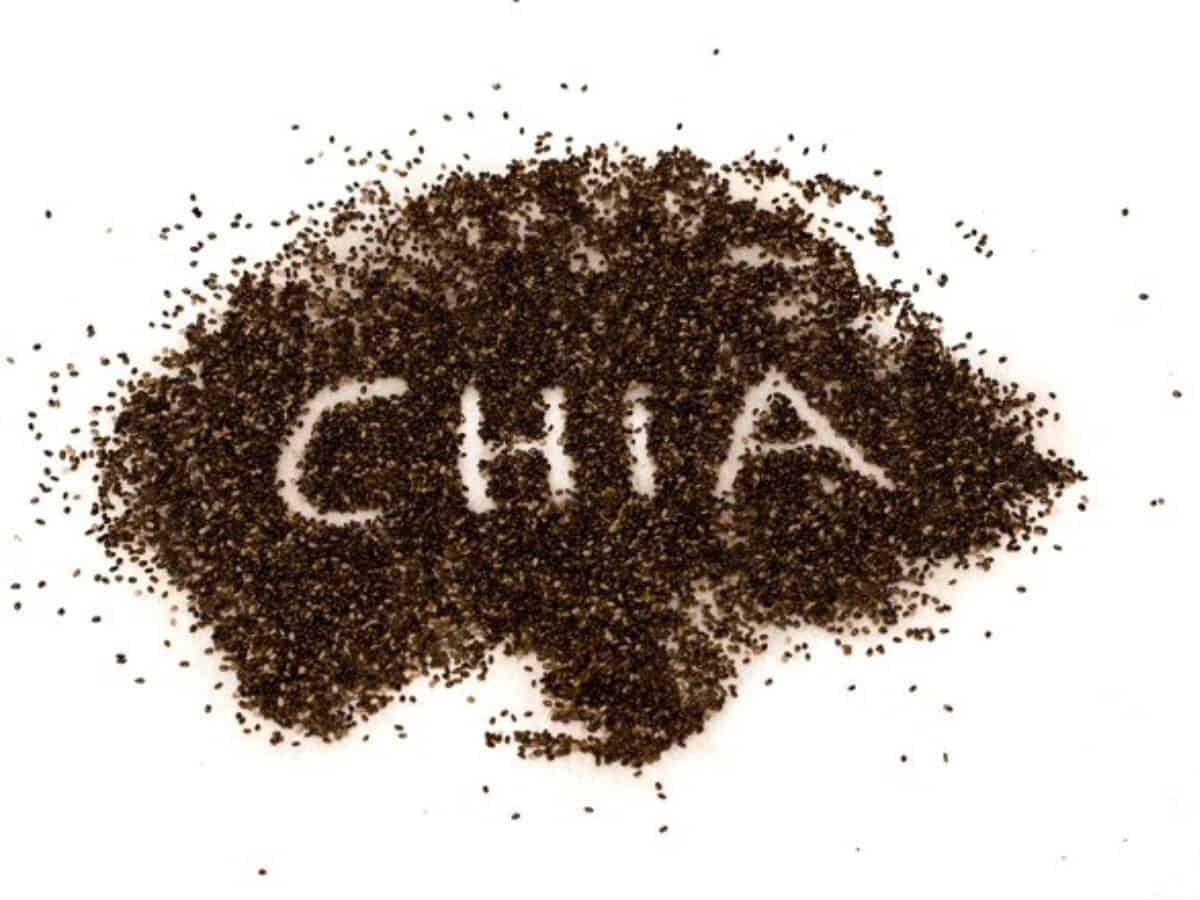Washington: An improved extraction method involving chia seeds may provide new options for nutritional foods, medicine capsules, and anti-aging products.
A Purdue University team has developed and patented the method to separate mucilage from chia seeds, yielding a protein-rich chia seed flour with improved bioactivity and functionality compared with conventional methods.
This work was supported by the USDA National Institute of Food and Agriculture, Hatch Act formula funds project 1019794.
Mucilage is a thick and gluey substance that surrounds chia seeds and can make processing the seeds for food or pharmaceutical uses much more difficult or nearly impossible.
“We are excited about our extraction method because it opens up so many new possibilities for using chia seeds,” said Uriel Urbizo, a Ph.D. graduate student in Purdue’s College of Agriculture involved in the innovation team led by Andrea Liceaga, an associate professor of food science.
“Our process uses temperature, ultrasonication, and vacuum-assisted filtration to offer improved efficiency to save both time and money for companies processing chia seeds for nutritional, pharmaceutical, anti-aging, or other applications,” added Urbizo.
Chia seeds have been used for centuries as protein sources, but Urbizo said conventional separation methods such as freeze-drying processes can be expensive, time-consuming, damage useful components of the seeds, and decrease the total yield.
The Purdue researchers also tested the method they developed for potential applications such as using the mucilage and peptides to develop films that can be used in medicine capsules and anti-aging products, respectively.
“Our method offers an improved option for creating products that use components, primarily peptides, from the chia seeds to inhibit enzymes that play a role in the aging of skin,” Liceaga said.

